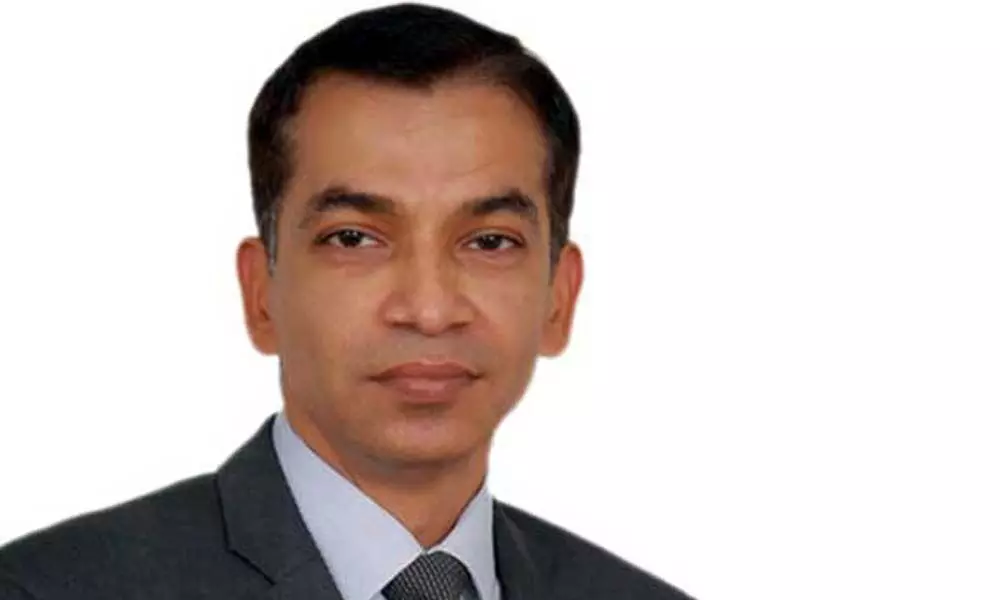India's $3.5-bn zombie-home experiment starts to pay off
India had an estimated $63 billion in such stalled projects across its seven biggest cities in 2019, which has reduced to $55.8 billion in December 2020, according to Anarock Property Consultants
image for illustrative purpose

A Rs 25,000 crore ($3.5 billion) fund set up by India's government to complete stalled housing projects is set to deliver its first finished apartments in 2021, offering a template for a problem that has washed out savings of thousands of home buyers and bankrupted developers.
The fund will hand over some 16 projects or more than 4,000 homes in the financial year starting April 1, said Irfan A Kazi, Chief Investment Officer at SBICAP Ventures Ltd., the government-appointed manager of the alternative investment fund. The "Special Window for Completion of Construction of Affordable and Mid-Income Housing Projects" (SWAMIH) fund was announced in November 2019.
At the time, India had an estimated $63 billion of such stalled projects as an economic slowdown and a credit crisis cascaded through the sector. Builders were unable to service their loans, forcing banks to write off the debts and worsen what was already one of the world's biggest bad-loan piles. Prime Minister Narendra Modi's government created the fund as one measure to unclog the financing pipes.
Kazi spoke in a phone interview on February 12. His responses have been edited for clarity.
How much money has been disbursed?
We have given approvals to around 159 projects involving investment of about 145 billion rupees, which will complete around 1,00,000 homes. Of this, about 47 projects (50 billion rupees) have received final approval but 112 are early-stage approvals, where due diligence is pending. We don't disclose disbursal amount as we give funding only against project progress; two projects will complete construction by April.
What kind of returns do you expect?
We take first charge on assets and cash flows, so when projects get completed we are the first one to get our money back. Existing lenders have to agree to take second charge. We invest via zero-coupon non-convertible debentures. All our investments are done at a standard 12 per cent internal rate of return across projects.
Was there any pushback?
There was a significant amount of resistance from lenders about our first charge on repayment but, as our deal track record shows, that hurdle is being gradually scaled. We now allow sharing of the security with lenders, and sharing of cashflow to some extent. We keep having internal discussions and also with the finance ministry on what criteria can be relaxed.
Who are your investors?
We have 14 investors, the government has 50 per cent in the fund, Life Insurance Corp. and State Bank of India each have 10 per cent and the rest are other public and private-sector players. Global funds have not shown a large interest for a couple of reasons: they prefer rent-yielding office and warehousing assets over residential. They also expect returns of more than 20 per cent to account for risks including asset class and exchange rate, at which level our projects will be loss-making. We have raised 100 billion rupees so far (of the planned 250 billion rupee total fund size) but the government has assured us that more will be made available when required.
What kind of challenge has the fund faced?
In many cases we are dealing with the bottom rung of companies, which have lost manpower and some even no longer have a finance team, so due diligence can be hard. A no-objection certificate from existing lenders has come only in some cases and takes an exceedingly long amount of time. Then there are also pending court cases or home buyers demanding compensation.
What would you count as successes?
SWAMIH is a social impact fund to complete construction of stalled homes. This is also our performance yardstick. When you look at parameters like setup time, fundraise time, we are probably the fastest. The fund was set up in a month after the official announcement (2019), capital was raised in a month. No real estate fund, I believe, has done more than 100 deals probably in their lifetime. We are close to almost 150 deals now. But stalled housing is still a huge problem and it's a growing problem. (NOTE: India had an estimated $63 billion in such stalled projects across its seven biggest cities in 2019, which has reduced to $55.8 billion in December 2020, according to Anarock Property Consultants)
How and where does the fund operate?
Before setting up the fund, we did a market study which established that about 40 per cent of the stressed projects were in the National Capital Region, about 25 per cent in Mumbai Metropolitan Region and the top seven cities accounted for about 85 per cent of all the stalled projects. However, we are a pan-India fund and offer democratic access to developers located anywhere in India where Real Estate Regulation and Development Act is applicable; in fact more than 90 per cent of the proposals we receive are though our website. (Bloomberg)

